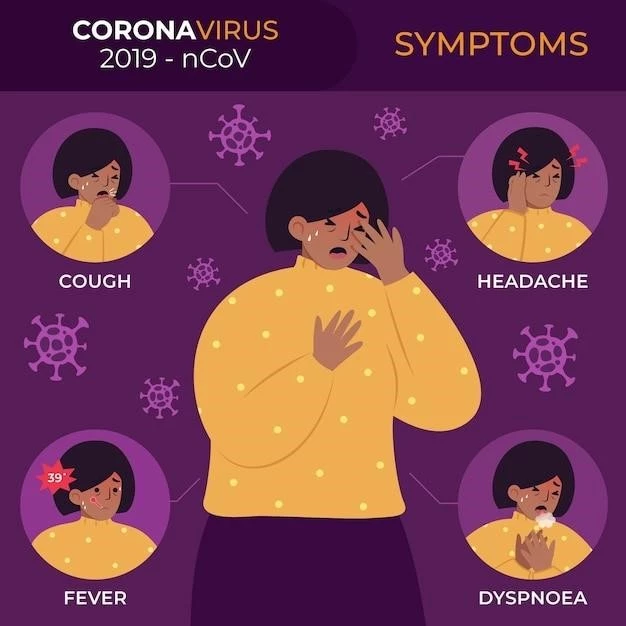Introduction to Typhus
Typhus, also known as typhus fever, is a group of infectious diseases that include epidemic typhus, scrub typhus, and murine typhus.
Definition and Overview
Typhus, also known as typhus fever, is a group of infectious diseases caused by specific types of bacterial infections. The diseases included in the typhus group are characterized by symptoms such as fever, headache, and rash. These diseases are typically spread to humans through arthropod vectors such as lice, fleas, mites, and chiggers. Common types of typhus include epidemic typhus, scrub typhus, and murine typhus.
Types of Typhus
There are several types of typhus, including epidemic typhus, murine (endemic) typhus, and scrub typhus, each caused by specific bacterial infections spread through different vectors.
Epidemic Typhus
Epidemic typhus, also known as louse-borne typhus, is a rare bacterial disease caused by Rickettsia prowazekii and transmitted to humans through infected body lice. Historically responsible for significant mortality rates, epidemic typhus is now considered a rare disease due to improved public health measures and sanitation practices.
Murine or Endemic Typhus
Murine or endemic typhus, caused by Rickettsia typhi, is primarily transmitted through the rat flea Xenopsylla cheopis. The Norway rat acts as the primary reservoir for this bacterial infection, with occasional infections in other small rodent species. Humans contract murine typhus through contact with infected flea feces.
Scrub Typhus
Scrub typhus, also known as bush typhus, is a disease caused by the bacterium Orientia tsutsugamushi. It is primarily transmitted to humans through the bites of infected larval mites known as chiggers. Common symptoms of scrub typhus include fever, headache, body aches, and sometimes rash.
Causes and Transmission
Typhus is caused by specific bacterial infections and transmitted to humans through arthropod vectors such as lice, fleas, mites, and chiggers.
Bacterial Infection
Typhus is caused by specific bacterial infections, with each type of typhus attributed to different bacteria, such as Rickettsia prowazekii in epidemic typhus, Rickettsia typhi in murine typhus, and Orientia tsutsugamushi in scrub typhus.
Arthropod Vectors
Typhus is primarily transmitted to humans through arthropod vectors such as lice, fleas, mites, and chiggers. These vectors play a crucial role in spreading the bacterial infections that cause various types of typhus.

Symptoms and Diagnosis
Common symptoms of typhus include fever, headache, and rash, with diagnosis often involving specific laboratory tests to confirm the bacterial infection.
Common Symptoms
Typical symptoms of typhus include fever, headache, body aches, and rash. These symptoms may vary depending on the type of typhus infection and the stage of the illness.
Diagnostic Methods
Diagnosing typhus often involves specific laboratory tests to confirm the presence of the bacterial infection. These tests may include serological tests, polymerase chain reaction (PCR), or other methods to identify the specific bacteria causing the disease.
Treatment and Prevention
Antibiotics are commonly used to treat typhus infections, and preventive measures include vector control and personal protection against arthropod bites.
Antibiotics
For typhus treatment, antibiotics are commonly prescribed based on the specific type of infection diagnosed, aiding in successful recovery and management of the disease. Prompt administration of appropriate antibiotics is crucial in addressing typhus infections effectively.
Preventive Measures
Preventive measures for typhus include controlling arthropod vectors such as lice, fleas, mites, and chiggers, and utilizing personal protective measures to avoid bites. Public health initiatives focusing on vector control and hygiene play a crucial role in preventing the spread of typhus infections.
Historical Significance
Typhus has had a significant historical impact, causing millions of deaths in the past; Over time, advancements in healthcare and sanitation have led to a decrease in the prevalence of this disease, making it rare today.
Past Impact and Mortality
Throughout history, typhus has been responsible for millions of deaths due to widespread outbreaks. The mortality rates associated with typhus were significantly high in the past, making it a significant public health concern that affected populations worldwide.
Current Status and Rarity
In the present day, typhus is considered a rare disease due to advancements in healthcare and sanitation practices. While historically significant for causing widespread mortality, the prevalence of typhus has decreased significantly over time, making it uncommon today.

Ongoing Research and Developments
New research findings on typhus continue to contribute to our understanding of the disease, potentially leading to advancements in treatment strategies and public health approaches. These developments have implications for the future management of typhus infections.
New Findings on Typhus
Recent research on typhus continues to unveil new insights into the disease, potentially paving the way for innovative treatment approaches and enhanced public health strategies. These ongoing discoveries offer promising prospects for the management and control of typhus infections in the future.
Future Implications for Treatment
Ongoing research holds promise for future advancements in the treatment of typhus infections, potentially leading to more effective therapeutic interventions and preventive strategies. These developments may shape the landscape of typhus management for improved outcomes in the coming years.
